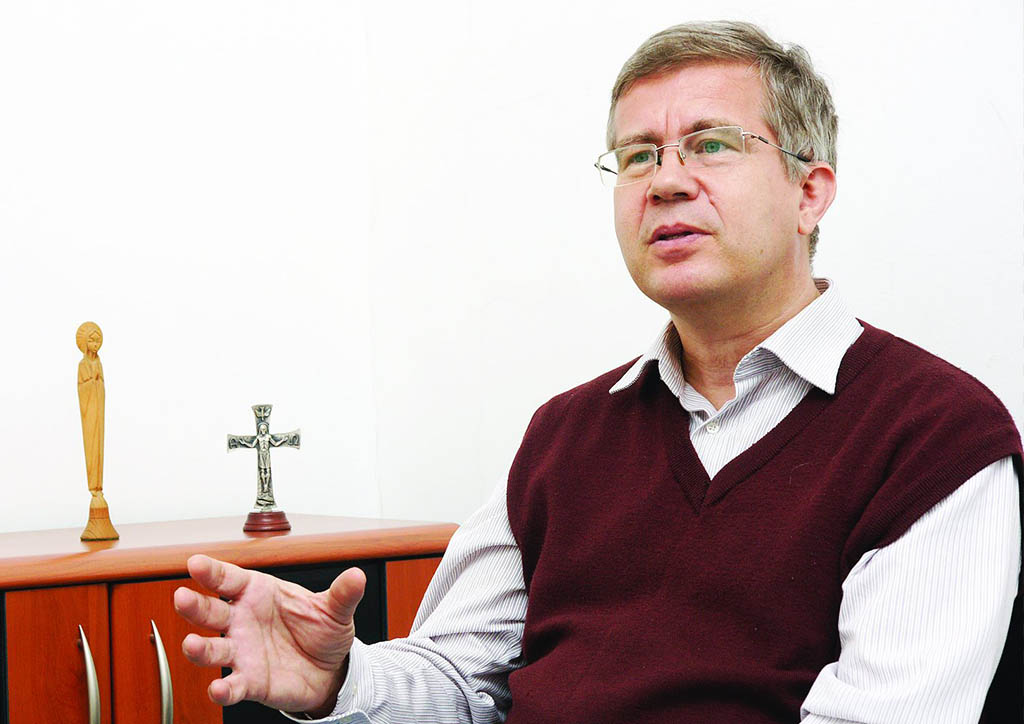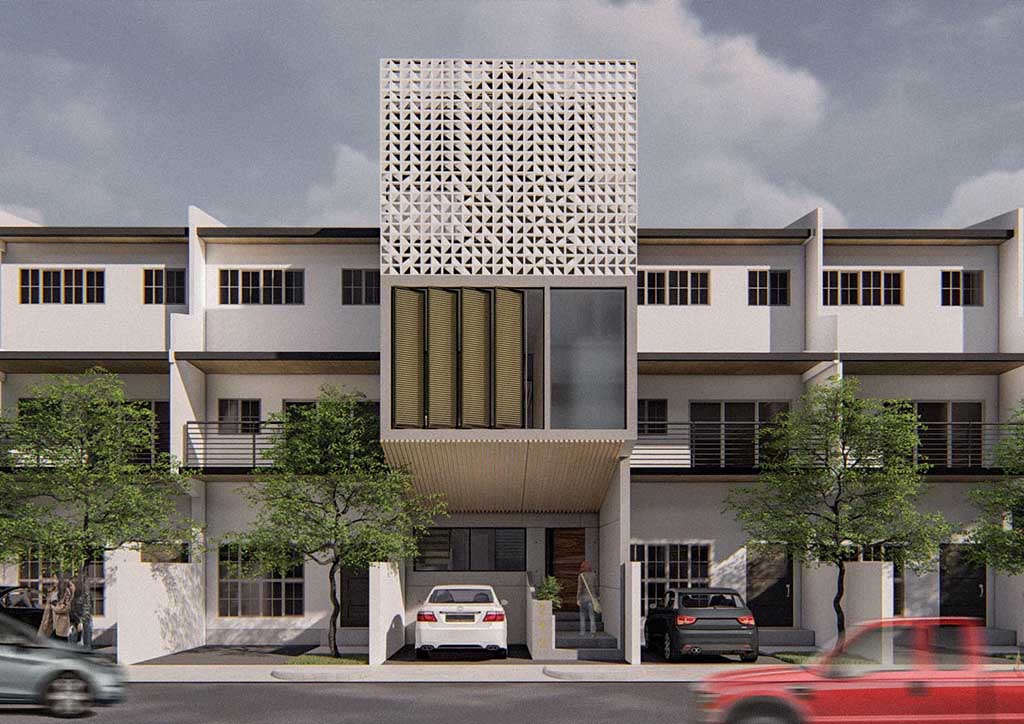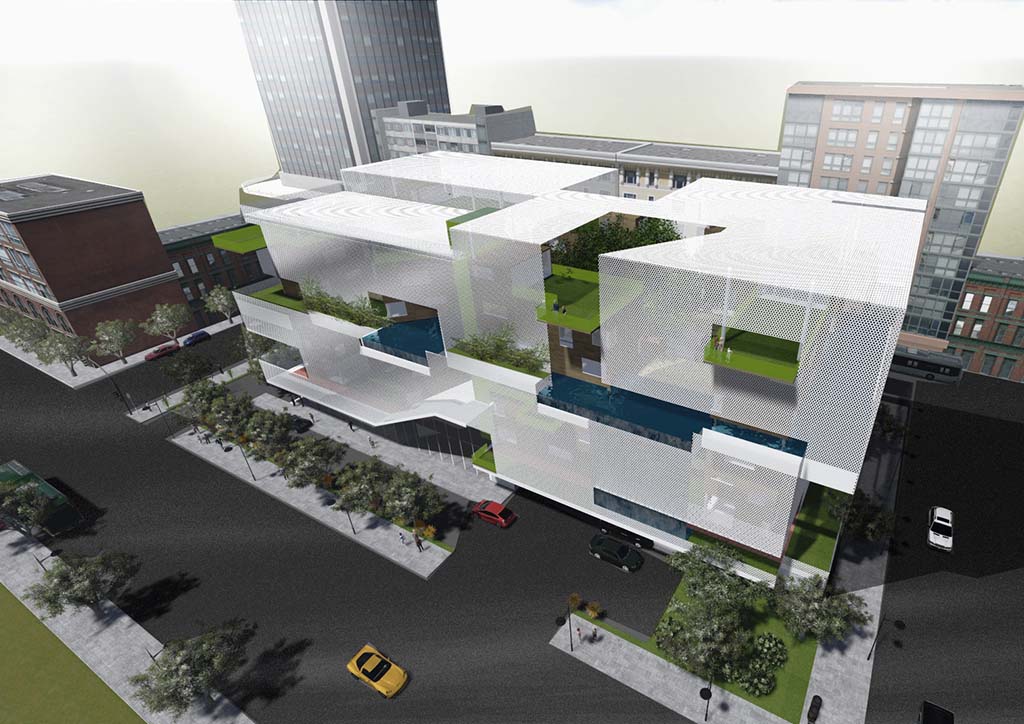
Adapting architecture education during COVID-19
A pandemic as widespread as the novel coronavirus exposes many vulnerabilities and uncertainties in all kinds of economies, at the same time, opportunities for positive change and innovation. According to Sanjay Grover of the Asian Development Bank Office of Private-Public Partnerships, “COVID-19 in Asian cities, has exposed vulnerabilities beyond climate change. As cities, we have significant underinvestment in social infrastructure: health, education, housing, you name it—COVID-19 is impacting every element of our infrastructure.” Grover adds that the education sector requires a lot of changes. For instance, classrooms need to be more spacious, students and teachers need to be equipped with computers, and e-learning needs to be integrated into the curriculum. But how do we address architecture education during COVID-19? How do we meet these requirements and navigate the new learning environment, especially for architecture and the allied arts, amid economic and technological disadvantages?
This month, BluPrint explores how the Philippines can adapt to the new normal of education in architecture, design, and planning. The team started contacting architects and educators in June. However, as expected, many were still coping with their backlogs and losses and universities were still managing the interruption of the current academic year and preparing for the next one. One of the first resource persons to respond to us was architect, religious missionary, and University of San Carlos (USC) full instructor for architecture Br. Béla Lányi, SVD.

Br. Béla Lányi was born in Budapest, Hungary, where he studied architecture and obtained his master’s degree in architecture. He currently resides in Cebu and works at the USC as an educator and as Editor-in-Chief for Lantawan Magazine (since 2008), the official publication of the university’s School of Architecture, Fine Arts, and Design. Prior to his assignment to the Philippines in 2007 through his missionary work at SVD Brothers International, Lányi was a construction consultant in Moscow, Russia.
The following is an excerpt from our email interview with him.
BluPrint: With most universities adopting distance learning during the COVID-19 pandemic, what set up would you recommend for architecture and design students?
Lányi: Distance cooperation is not new in architecture or in the construction industry. Precisely, globalization, which accelerated the spread of the virus, made distance cooperation a necessity to combine the best products originating from different countries. Efficient tools were developed for that purpose, like Building Information Modeling (BIM) software, to coordinate very different activities in very far places better than face-to-face encounters could do. Already in 1994 when Kansai Airport (Japan) was opened, its famous architect Renzo Piano explained that it was built on four continents although we would believe that in Japan everything was available.
READ MORE: A manifesto for architecture education in the 21st century
Today, not only is far transport discouraged but body contact as well―thus, we have to use the available excellent means for distance activities which globalization developed. Hence, distance learning must be inspired and nurtured by the much-practiced distance coordination in the frontline of the contemporary design and construction industry, particularly in outcome-based education which focuses on the working abilities of future graduates. For that, we need at school instructors not only with the professional educational background but with design or construction industry experience and with interest to develop their experiences. In other words, instructors are needed who don’t come directly after the Board Examination to teach―but with at least two to three years of industry experience and readiness to do research in order to develop and broaden that initial experience. However, such professionals will enter the Academe only if they receive a sufficient salary which means that beyond remuneration for teaching load access to research grants shall become an integral part of their salary.
To summarize, distance learning’s basic advantage is that it closely models the cutting-edge designing and construction processes. For that, the existing teaching personnel must be updated with industry experience and research activity―and the technological readiness of the universities. This should be the basic attitude and set up.

What actions do you personally suggest for universities for the short, mid, and long terms?
For the short term, Lányi recommends:
- Helping students with unstable internet connection by acquiring software that is not sensitive to weak internet connection. Teachers and students should be compulsorily trained for this software. Laptop and pocket wifi at reasonable prices for students could be provided through the efforts of the universities.
- Adjusting small-sized classes
- Facilitating first “blended learning” (composed of home, quasi face-to-face, and live stream classes) with synchronous learning mode (all go online at the same time) at the composition of classes
- Retooling faculty members (faculty development)
- Updating assessment methods
- Protecting the school against plagiarism through contemporary anti-plagiarism software
- Adjusting tuition fees according to used-unused facilities
- Creating new policies on attendance
- Teaching how portfolios have to be done and then emphasize them in assessment
- Removing pre-requisites temporarily
- Being sensitive to students’ and teachers’ emotional vulnerabilities
YOU MIGHT LIKE: How does architectural education equal distance, speed, and time?
For the midterm:
- Change faculty profile from “school-insider teachers” to “industry-open instructors” (where industry experience has to be combined with research activity as described in the first response).
- Change student profile from “discipline-dependant students” (who study only if the teacher stands behind them) to “mature personalities.” For this, in my belief, the University of San Carlos’ initiative for “education with a mission” is a good way since it takes effort to develop morality and community responsibilities. While in the face-to-face system the teachers check attendance, in the online system the students’ self-control is encouraged.
- Introduce “modules” which allow adjusting learning methods to the individual students’ existing abilities. What happens if a student is already very advanced in drafting? Better in design subjects? Online learning makes it possible to group students of similar abilities flexibly together and take these subjects at a faster speed – which the traditional face-to-face class system did not allow. We could even exempt some students from classes if they are already good at them. Lecture class sizes, if online, can be even very big, thus less well-educated instructors are needed.
For the long-term:
- The “blended learning” composed of face-to-face and online classes should be balanced on a natural efficiency of the learning process and not anymore on avoiding difficulties (like weak technology, weak online learning/learning skills)
- Present CHED a more contemporary curriculum

Speaking of curriculum, what change in it do you personally suggest, especially with all the learnings from this pandemic?
The studio classes should be changed toward a more integrative system. The student will not merely “submit” a drawing and receive a grade, but the plate should be documented and defended by the students. Accordingly, the assessment by teachers shall be done from several viewpoints (beyond form, function, suite development, and rendering qualities, it must be checked by interior designers, landscape designers, structural designers of load-bearing and non-load-bearing structures).
To do so, we need smaller design plate programs (with fewer sheets, less drafting obligations), which are more challenging for the student’s problem analyzing and creative skills. Thoughtless “mere copying” (from the internet, other students, or even the teacher’s favorite ideas), a behavior arising from big drafting workload, should be discouraged. Plates should be supervised and evaluated in a way that combines various aspects, with the active participation of the student.
READ MORE: Architecture education should adapt to the realities of the profession
What subjects or present lessons in the curriculum do you think should be given more emphasis or course credits as a response to a student’s present ability to address pandemic issues architecturally?
The present practice in many universities, which emphasizes practical activities (design class), tends to shortcut the design process. When a deeper orientation toward design analysis and logic is the objective, the background professional subjects should be given much more emphasis than what is provided by the New Curriculum. These are the following:
- Theory of Architecture, so that the students have a strong feeling for design principles. (Two (2) units weekly in the new curriculum is too little.) Project research has to be equally appreciated as scholarly research―since this will be the livelihood of most graduates.
- History of Architecture (Two (2) units weekly in the new curriculum is too little.)
- Bridging courses should be foreseen. The biggest need at USC is in mathematics where the senior high school performance is below the expected, or Technical Drafting. There are too many general education subjects (like Physical Education, etc.). The number of these should be diminished.


